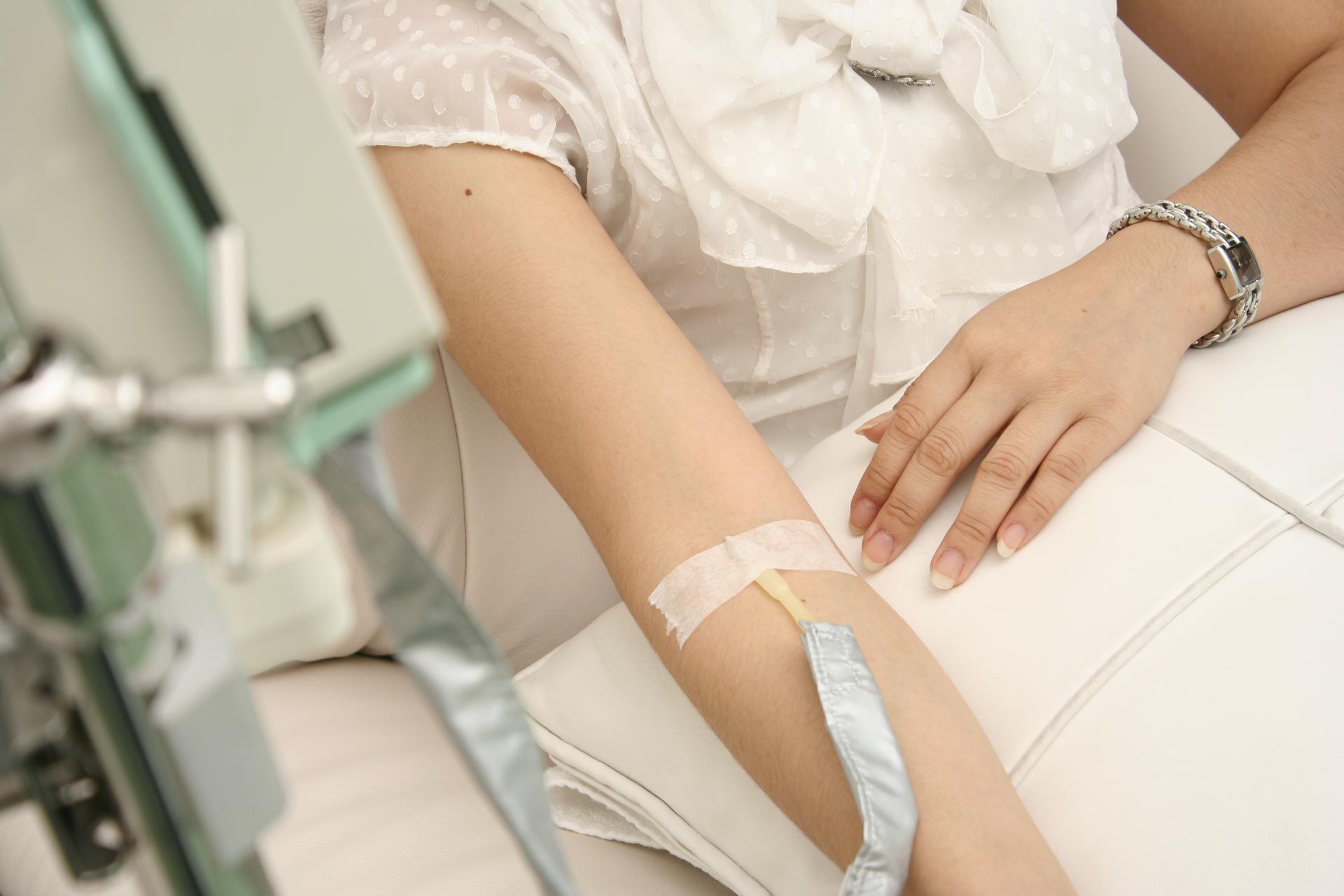Hair loss can be a distressing experience, affecting millions of people worldwide. Understanding the intricacies of hair restoration is essential for those seeking to reclaim their hair and confidence. In this comprehensive guide, we delve into the secrets of hair restoration, exploring various treatments and their effectiveness.
What Causes Hair Loss?
Hair loss is a multifaceted issue with numerous underlying causes. Common factors include genetics, hormonal changes, and medical conditions. Androgenetic alopecia, often known as male or female pattern baldness, is the most prevalent form of hair loss, typically influenced by heredity. Hormonal fluctuations, particularly those related to pregnancy, menopause, or thyroid problems, can also trigger hair thinning. Additionally, lifestyle and environmental factors, such as stress, poor diet, and exposure to toxins, play a significant role in hair health.
What Are the Different Types of Hair Loss?
Understanding the type of hair loss is crucial for determining the appropriate hair restoration treatment. The main types include:
Androgenetic Alopecia
Androgenetic alopecia is characterized by gradual hair thinning, typically starting at the temples and crown. This type of hair loss is the most common and is often inherited. Androgenetic alopecia affects both men and women, though it presents differently in each. Men may notice a receding hairline and bald spots, while women often experience diffuse thinning across the scalp. This condition progresses over time, making early intervention crucial.
Alopecia Areata
Alopecia areata is an autoimmune disorder causing sudden, patchy hair loss. The body’s immune system mistakenly attacks hair follicles, leading to round, smooth bald patches on the scalp and other body parts. Alopecia areata can affect anyone, regardless of age or gender, and may result in total hair loss (alopecia totalis) or complete loss of body hair (alopecia universalis). The condition’s unpredictability makes it challenging to treat, but options are available to stimulate hair growth.
Telogen Effluvium
Telogen effluvium is often a temporary condition, triggered by stress or illness, leading to diffuse hair shedding. This type of hair loss occurs when a large number of hair follicles enter the resting (telogen) phase simultaneously, resulting in significant shedding. Common triggers include physical or emotional stress, surgery, childbirth, major illnesses, or drastic weight loss. Telogen effluvium typically resolves on its own once the underlying cause is addressed, but treatments can help accelerate recovery.
How Does Hair Restoration Work?
Hair restoration treatments are designed to combat hair loss and promote the growth of new hair. These treatments can range from surgical procedures to non-invasive therapies, each aiming to restore hair density and improve hair health. Here’s an overview of how some of the most common hair restoration methods work:
Hair Transplant Surgery
Hair transplant surgery involves moving hair follicles from a donor area, usually the back or sides of the scalp, to the thinning or balding areas. The two primary techniques are follicular unit transplantation (FUT) and follicular unit extraction (FUE). In FUT, a strip of the scalp is removed and dissected into individual grafts, while in FUE, individual hair follicles are extracted and transplanted. Both methods result in natural-looking hair growth in the transplanted areas.
Platelet-Rich Plasma (PRP) Therapy
PRP therapy uses the patient’s own blood to stimulate hair growth. Blood is drawn and processed to concentrate the platelets, which are rich in growth factors. This platelet-rich plasma is then injected into the scalp to promote hair follicle health and encourage new hair growth. PRP therapy is minimally invasive and often used in conjunction with other hair restoration treatments.
Low-Level Laser Therapy (LLLT)
LLLT is a non-invasive treatment that uses red light lasers to stimulate hair follicles and increase blood flow to the scalp. This therapy can improve hair density and reduce hair loss by promoting cellular activity in the follicles. It is typically administered through devices like laser combs, caps, or helmets.
Medications
There are FDA-approved medications for hair loss, such as minoxidil (Rogaine) and finasteride (Propecia). Minoxidil is a topical treatment that stimulates hair growth and slows hair loss, while finasteride is an oral medication that reduces the hormone responsible for hair follicle shrinkage. Both medications can be effective in maintaining existing hair and promoting regrowth.
Scalp Micropigmentation (SMP)
SMP is a cosmetic treatment that involves tattooing tiny dots on the scalp to mimic the appearance of hair follicles. This treatment is ideal for individuals with thinning hair or those who prefer a closely shaved look. While it does not promote hair growth, it provides the illusion of fuller hair and can enhance the overall appearance of the scalp
What Do We Use for Hair Restoration?
At Dr. Christopher Calapai’s office, we take pride in providing solutions for hair loss and thinning. One of our standout treatments is stem cell therapy, a key component of our hair restoration services. This advanced therapy leverages the body’s natural healing abilities to address hair loss effectively.
Stem Cell Therapy
Stem cell therapy uses the body’s natural cells to boost hair growth and revitalize the scalp. These cells can become different types of cells, including those needed for hair growth. By injecting these cells into the scalp, we start the natural repair process, helping new hair follicles grow and making existing hair thicker.
Get Personalized Hair Restoration Solutions in Garden City, NY
Hair loss can be challenging, but understanding the available hair restoration treatments provides hope and solutions. Consulting with a specialist like Dr. Christopher Calapai in Garden City, NY, ensures a personalized approach tailored to individual needs. Whether you are dealing with minor thinning or significant hair loss, exploring these options can lead to effective and lasting results.
If you have any questions or are considering treatment, reach out to us online or call (516) 794-0404 to discover how we can help you regain your hair.


